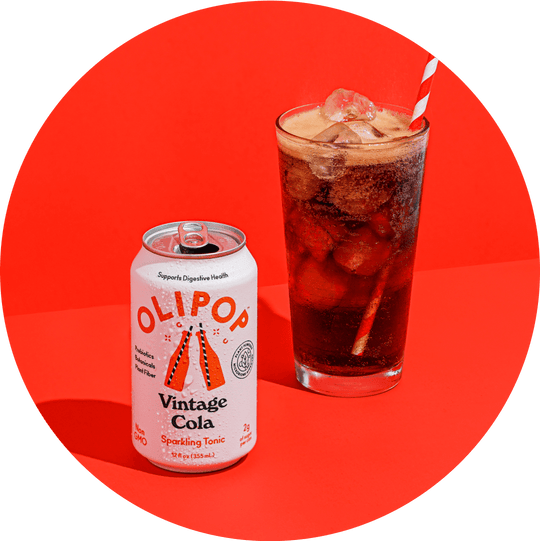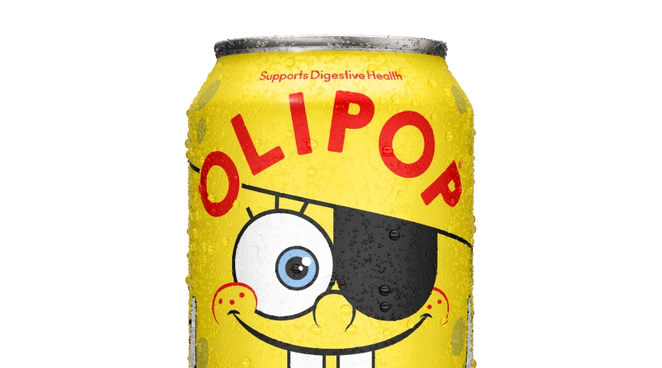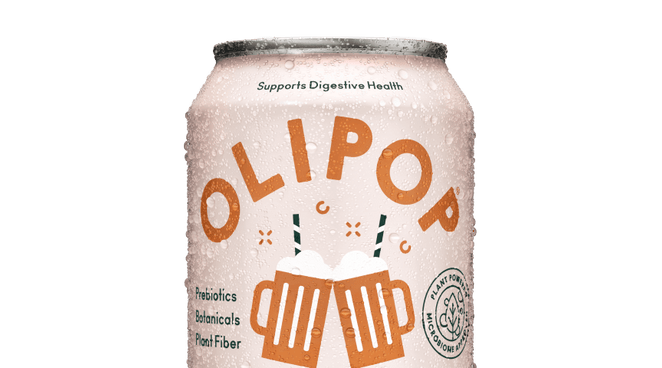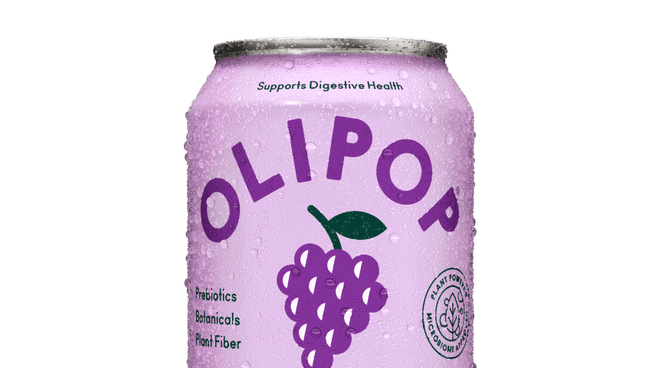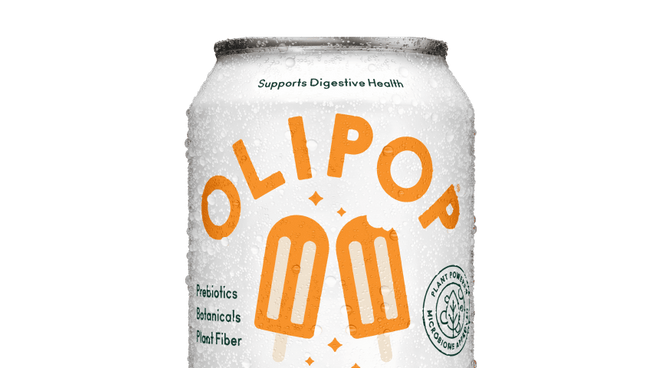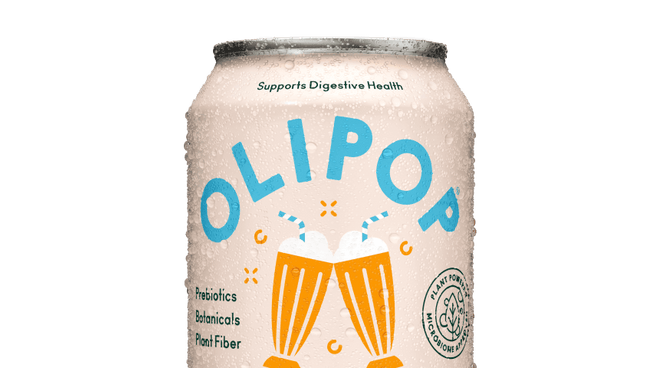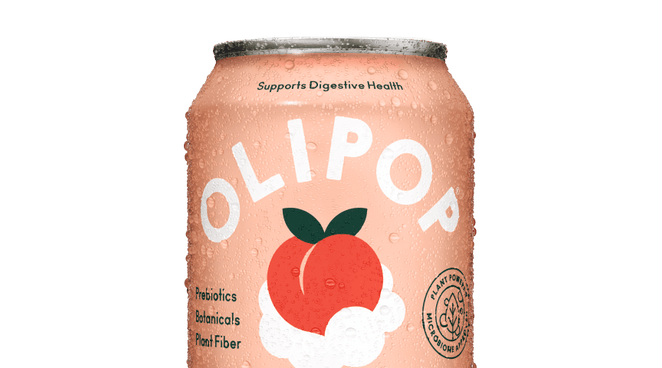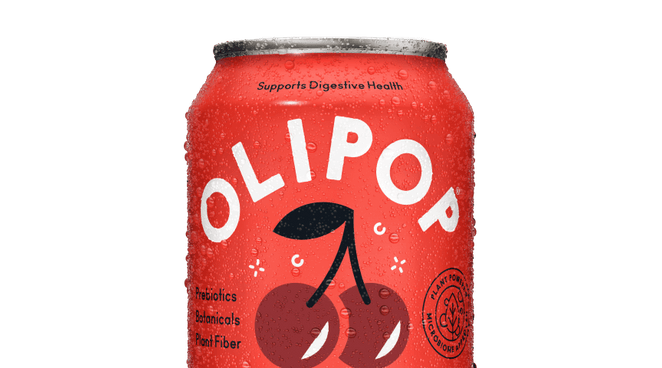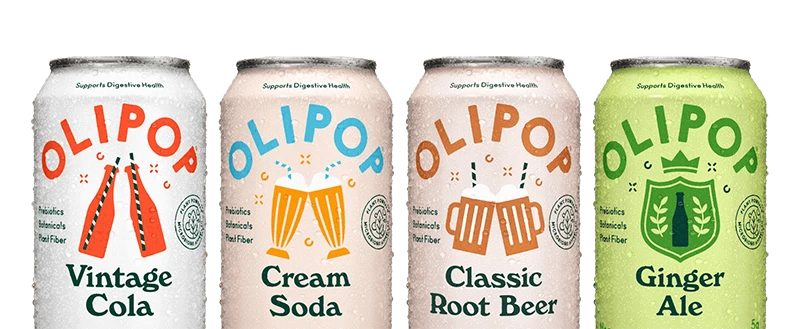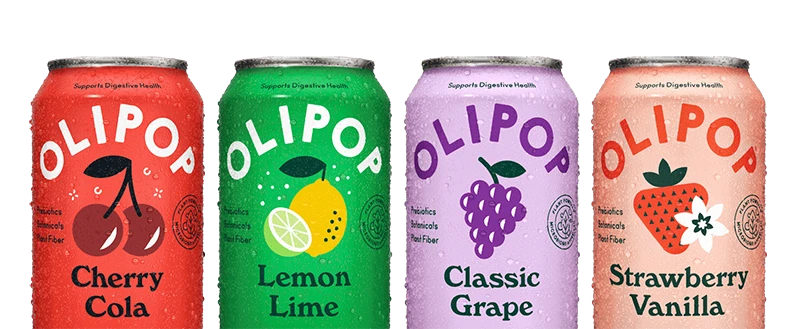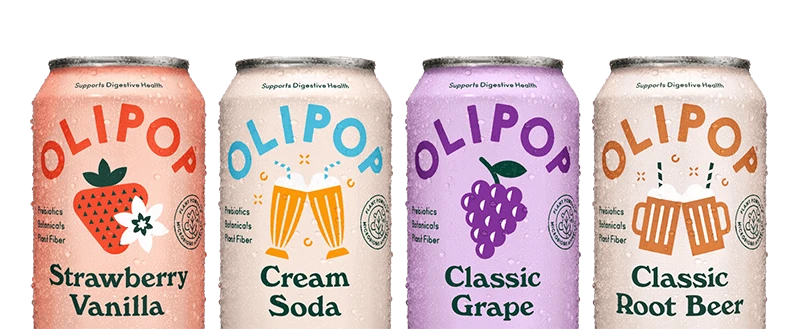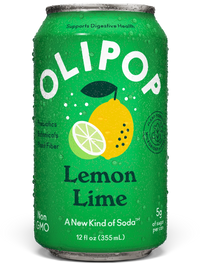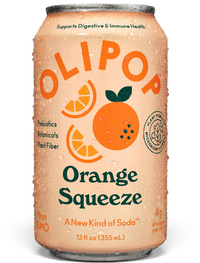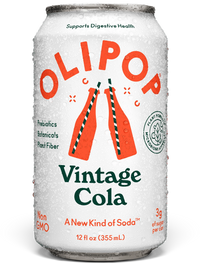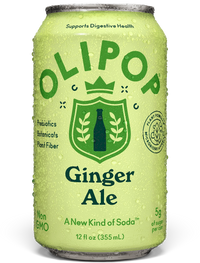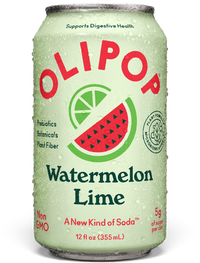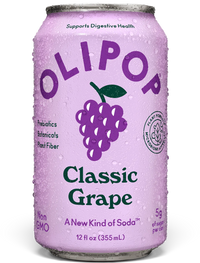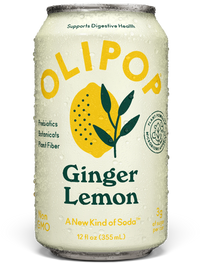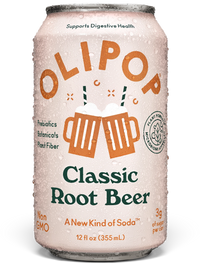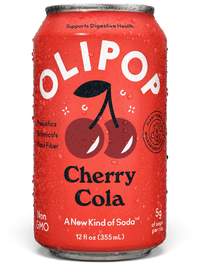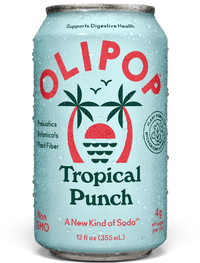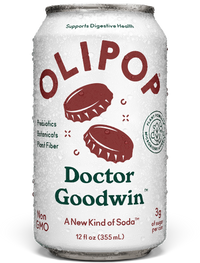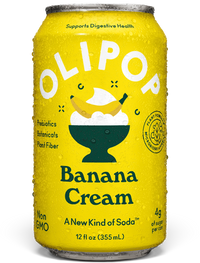Ingredients
Backed by research



Curious how we made soda refreshing, delicious and actually good for you? It’s not magic or sorcery, but rather science. Ben, our co-founder and formulator, spent years searching for ingredients backed by research and historical evidence of working to fuel our microbiomes and improve our digestive health.

OLISmart: Our Functional Formula
Our functional formula, trademarked OLISmart, sets OLIPOP apart from other sodas. OLISmart contains a blend of botanicals, plant fibers, and prebiotics, each hand-picked for their distinct biome-supporting benefits.
Nutritional information for our new shelf-stable multi-packs can be found here.
Our OLISmart Ingredients
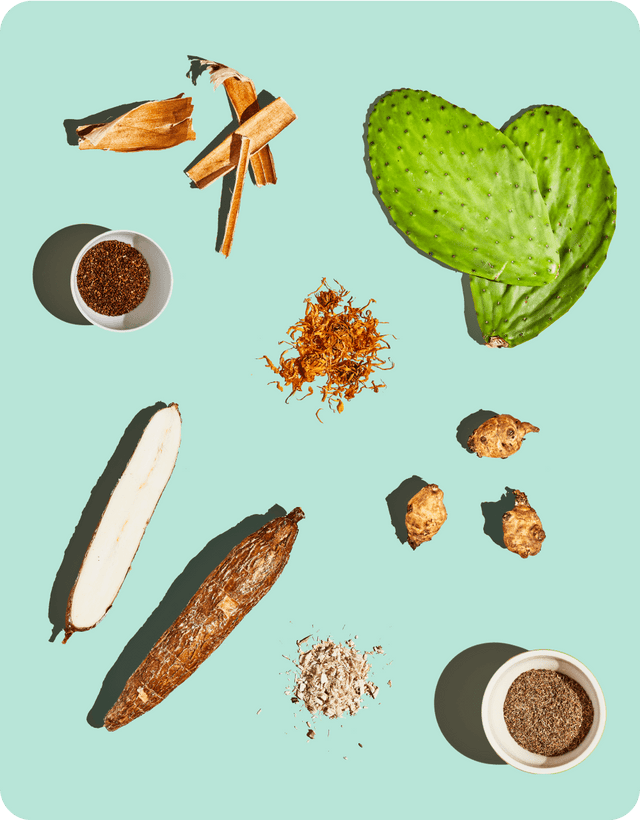
Cassava is a starchy tuber commonly cultivated and consumed across South America. This root contains resistant dextrin: a type of prebiotic fiber that can support gut health by providing food for the beneficial bacteria that live in your microbiome.
Learn More About Cassava RootA part of the dandelion family, chicory root is one of the most well-researched sources of inulin, a type of prebiotic fiber that supports microbiome health.
Learn More About Chicory RootThis knobby tuber is not an artichoke but the root of a variety of sunflower. While it contains many beneficial micronutrients, Jerusalem artichoke’s best contribution is its inulin, a prebiotic fiber that supports microbiome health.
Learn More about Jerusalem ArtichokeCommonly used in Mexican and Latin American cuisine, Nopal cactus is also utilized as an ingredient in beauty and medicinal products. It contains soothing soluble fibers pectin and mucilage along with antioxidants, minerals, and vitamins.
A golden flower that packs a healthy punch, calendula has a rich history and a sweet taste. Calendula petals contain antioxidants and have been used as an herbal remedy for a wide variety of ailments due to their healing effects.
The root of a fast-growing vine, kudzu root has been used in Chinese herbal medicine for over 2,000 years as a remedy for certain ailments, such as stomach upset.
Marshmallow root is an ingredient known for soothing a variety of ailments and was once used to make marshmallows. Many of marshmallow root’s alleviating abilities is due to its mucilage, a dense, glutinous material composed of protein and polysaccharides.
Acacia fiber is one of OLIPOP’s prebiotic fibers. It is a soluble, non-viscous fiber from the dried, powdered sap of Acacia trees.
Learn More About Acacia FiberGuar fiber is a fiber created from the seeds of a guar plant. It is high in soluble fiber.
Learn More About Guar FiberQuality in Every Can
High Fiber
Less Sugar*

Non GMO
Prebiotics
Digestive Health Support
Vegan
Gluten Free
Paleo
A New Kind of SodaTM
High fiber
|Less Sugar*
|
Delicious Flavors
OLIPOP tastes like the soda you grew up sipping, but with the added benefit of microbiome and digestive health support. With plant fiber, prebiotics, botanicals, and a touch of magic, we made soda healthier AND more delicious!
Shop the Flavors